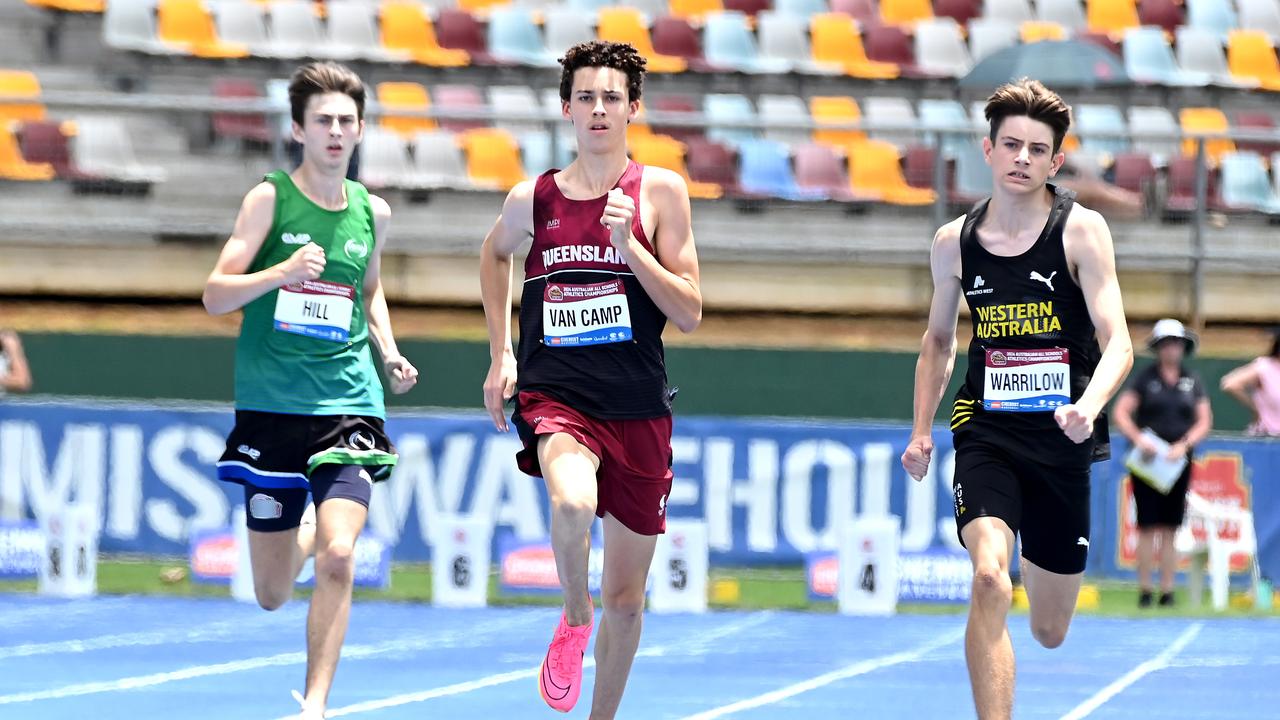Dead animals and widespread pollution contaminate site of Olympic sailing for 2016 Rio Games
THE Rio Olympic sailing site is a minefield of dead dogs, cats, rats, televisions, suitcases, tables, chairs, toys and even hunks of a wall.
FANCY navigating an obstacle course of dead dogs, cats, rats, televisions, suitcases, tables, chairs, toys and even hunks of a wall to reach your field of play.
That’s what the world’s top sailors have been doing as they sail out to their courses in the lead-up to this weeks Rio Olympic sailing test event.
Australian coach Victor Kovalenko yesterday told The Daily Telegraph a fellow coach has already fallen ill while he is sporting a rash he believes is from being splashed by the polluted water in Guanabara Bay.
International crews have reportedly also suffered damage to their boats after hitting objects floating in the water including dead animals and household furnishing with Australian Olympic champion Nathan Outteridge posting a photo on Twitter last week of a dead dog floating beside his 49er skiff during a training sail.
Skiff sailors such as multiple world champion Outteridge and his crewmate Iain Jensen are particularly vulnerable sailing in Rio as capsizes are part and parcel of their high-speed racing.
Others could see their racing hopes foiled by a piece of plastic caught round their centreboards which is difficult to extract on the water and significantly interferes with the speed performance of a skiff or dinghy.
“It is very, very bad because all the sewerage comes into the water,’’ said Kovalenko, overseeing the fortunes of London Olympic gold medallist and multiple world champion Matt Belcher and his crewmate Will Ryan at the Test event.

“We have seen a dead dog, lots of dead rats, chairs, tables, luggage.
“And the smell of the place
“I got some splashes on my leg and now it is very itchy.’’
The waters near the Olympic courses have been described as a giant toilet..
“There is raw sewerage there. Sometimes you cannot see through the water,’’ he said.
Rainfall exacerbates the problem with sailors praying for good conditions during their test event. Containment belts, eco barriers and clean-up boats are part of a plan to improve the waters for the Olympics.
While the waters on the cousee being used during the test event appear cleaner thanks to factors including tidal influences, the 320 sailors in Rio for the Test event have still be sailing through the filth to reach them.
Kovalenko said officials have promised the water quality will be improved for the Olympics but there are still fears sailors will become sick.
However he said he and his team plan to continue racing and training in Rio in the lead-up to the 2016 Olympics.
“It is a very very tricky place. We have to be here to learn about it,’’ he said.
Sailing was the most successful sport of the London Olympics and hopes are high it will again reap medals in Rio in two years.



